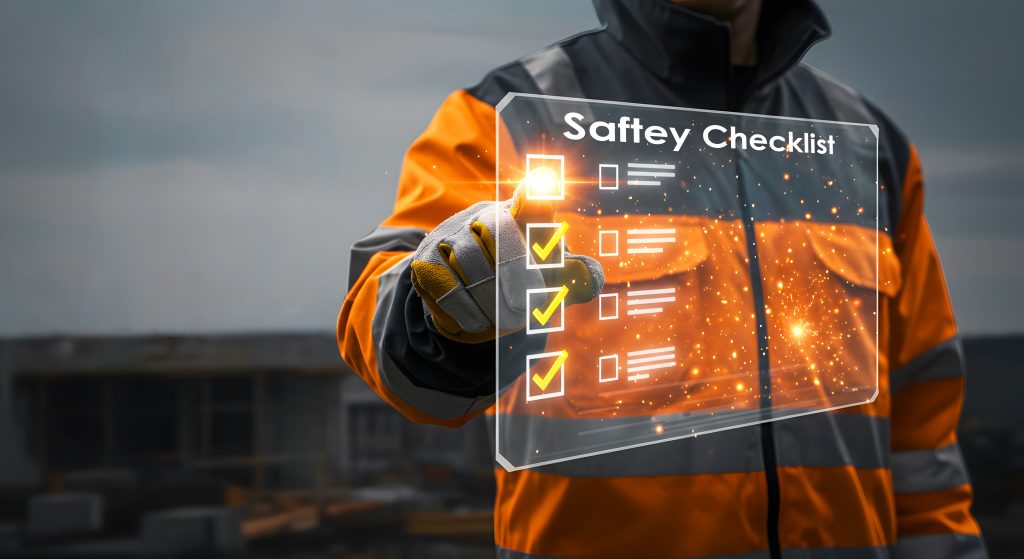Read time: 5 minutes / By SIA Group / Last Updated: Oct 2025

Why Workplace Safety Is More Than Hard Hats and Checklists
When most companies think about safety, they picture personal protective equipment, hazard signs, and compliance checklists. But even the most advanced safety program can fail if it ignores one key component: the human mind.
Psychological factors influence how employees perceive risk, respond to warnings, and make split-second decisions. If left unaddressed, these invisible forces can quietly sabotage even the strongest safety culture. At SIA Group, we help businesses protect what matters most, their people. This article explores the five hidden psychological “monsters” that threaten workplace safety and offers actionable strategies to stop them before they cause harm
Why the Change Matters
1. Systematic Desensitization: When Familiar Risks Stop Feeling Risky
Over time, employees can become so used to warnings, alarms, and hazard signs that they stop noticing them. This process, known as systematic desensitization, erodes vigilance and breeds complacency.
Why It Matters
When employees tune out safety messages, they are more likely to skip steps, take shortcuts, or underestimate danger. What once triggered caution becomes background noise.
How to Stay Ahead
- Regularly refresh your safety communication program with new visuals and stories.
- Use near-miss data to show that everyday tasks still carry risk.
- Rotate responsibilities during safety checks to keep engagement high.
2. Normalized Deviance: When Cutting Corners Becomes Routine
A common trap in workplace safety is normalized deviance, when small rule-breaking gradually becomes accepted as standard practice. It often starts harmlessly. An employee skips one step “just this once,” nothing bad happens, and soon the shortcut becomes the norm.
Why It Matters
As unsafe behaviors become routine, the line between acceptable and risky fades. The longer these habits go uncorrected, the more dangerous they become.
What You Can Do
- Reinforce accountability and celebrate compliance, not speed.
- Include deviation reviews in monthly safety audits.
- Encourage employees to speak up when they notice shortcuts without fear of blame.
3. Inattention Blindness: The Danger You Do Not See
Inattention blindness occurs when employees are so focused on one task that they fail to notice other visible hazards. A worker could be inspecting a machine and completely miss a forklift approaching from behind.
Why It Matters
High concentration on a single task can cause people to ignore changes in their environment. The more complex the job, the greater the risk.
How to Stay Ahead
- Provide situational awareness training to help employees recognize surrounding hazards.
- Encourage regular micro-breaks to reset focus.
- Design workspaces with clear, uncluttered signage and lighting.
4. Optimism Bias: It Will Not Happen to Me
This psychological factor is one of the most common and dangerous. Optimism bias makes people believe they are less likely to be injured or make mistakes than their peers. It creates a false sense of security and leads to underestimating real risks.
Why It Matters
Employees with optimism bias may skip protective equipment, rush through tasks, or assume accidents happen only to others. It is not arrogance; it is human nature. But in safety, confidence without caution can be costly.
How to Stay Ahead
- Share real-world examples from the National Safety Council that show how quickly accidents can happen.
- Use storytelling during training to personalize risks.
- Reinforce a safety-for-all culture. Everyone is vulnerable if precautions are ignored.
5. Obliviousness: The Risks You Do Not Even Know Exist
Sometimes, employees do not take risks intentionally; they simply do not recognize them. Obliviousness can stem from poor training, lack of experience, or unclear communication.
Why It Matters
If workers are not aware of hazards, they cannot protect themselves. This gap is especially dangerous for new hires or temporary workers unfamiliar with site procedures.
How to Stay Ahead
- Offer thorough onboarding and mentorship programs.
- Review job-specific hazards during each shift change.
- Reinforce safety reminders using digital signage or QR-code checklists at the workstation.
Building a Safer, More Aware Workplace
Workplace safety goes beyond compliance. It is about understanding people. By addressing psychological risks, organizations can create a culture of awareness, accountability, and prevention.
Here is what your team can do today:
✅ Revisit your safety messaging every quarter.
✅ Invest in leadership and behavioral safety training.
✅ Track and share near-miss reports. Focus on learning, not blaming.

The Bottom Line
True workplace safety starts with the human factor. The more your team understands how psychology affects risk, the fewer accidents and surprises you will face.
At SIA Group, we help businesses strengthen their safety culture through proactive risk management strategies and employee awareness programs.
Let us work together to turn safety compliance into safety confidence.

Protection Beyond Insurance
Tailored Insurance and Risk Management Solutions | SIA Group
Additional Information – North Carolina Contractors Pollution Liability Insurance


